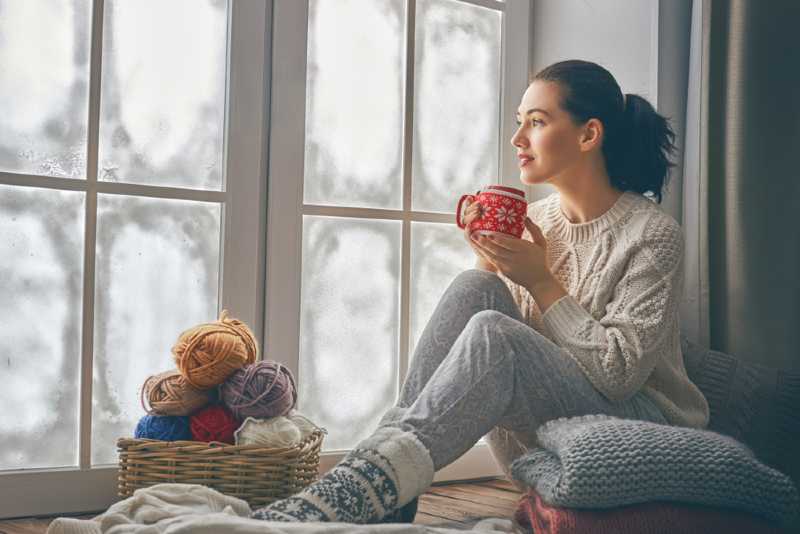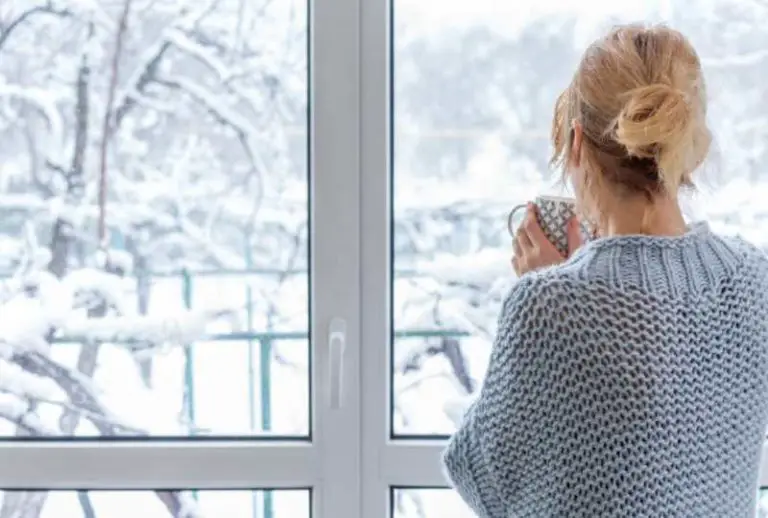Before winter hits, you want to make sure your home’s heating system is ready to go! Many people tend to overlook the minor flaws in their home heating systems. Unfortunately, most only notice when it’s too late.
Did you know that your auxiliary heating system will increase your heating costs if you don’t properly manage it? Aux heat is not a concern when the temperature is below freezing, but auxiliary heat can strain your budget when spring rolls around and the weather gets warmer.
So, if you’re wondering what auxiliary heat is and why it keeps flashing on your thermostat, this article will guide you through what it is, why it turns on, and the problems that come with it staying switched on.
Table of Contents
- What is Auxiliary Heat In A Home?
- Why does Auxiliary Heat Turn On Your Thermostat?
- Is It Ever Bad If Auxiliary Heat Comes On?
- How Do I Stop My Auxiliary Heat From Coming On?
- Final Thoughts
What is Auxiliary Heat In A Home?
Auxiliary heat is your heat pump’s secondary electric resistance heating system. When the outside temperature drops below 35-40 degrees Fahrenheit, your primary heat pump needs help. It will not heat your home quickly enough, particularly from a cold start.
Auxiliary heat then comes to the rescue. You might notice the flashing “Aux Heat” on your thermostat. Whew… the system is working as advertised – but it should only be on when your heat pump can’t produce enough heat to warm up the home by itself.
Auxiliary heat is a supplemental heat source that should automatically turn on when the outside temperature is near freezing or below. Aux heat is usually electric-resistant, and it looks like the electric coils inside a toaster. This backup method helps achieve heat in your home when the heat pump can’t.
Why does Auxiliary Heat Turn On Your Thermostat?
Your heat pump does not generate heat (like a furnace). Instead, it takes heat from the outside air and uses it to heat your home (even in cold temperatures). But when the temperature drops under 0°C, there isn’t enough heat in the air for the pump to do its intended work.
Near Freezing Air Temperature
It’s at this point that your system switches to auxiliary heat. When the aux heat turns on, it is a sign that your heat pump is under the balance point.
The balance point of a heat pump depends on the system’s capacity and the current demand. Your home’s heat pump is in working condition when it has reached the balance point – this means the system’s capacity and demand are equal. But once the demand is more than the capacity, your system will resort to auxiliary heat for help.
Thermostat Calls For 3 Degree or Higher Temperature Rise
Heat pumps will commonly switch to auxiliary heat when you change your thermostat to a temperature 3 degrees or higher than the current temperature in your home.
Perhaps you’ve noticed “Aux Heat” on your thermostat after waking up on a cold morning and turning the temperature up (more than 3 degrees) – this is normal.
Ice Buildup On Heat Pump
Auxiliary heat will also kick on when ice builds up on the outside of your heat pump. When ice accumulates on your heat pump, your system should enter a “defrost mode.” Some systems may have a “defrost” manual selection. The defrost cycle will essentially take the heat from your home and use it to melt the ice built up on your water pump.
Take note: the defrost mode will blow cold air out of the vents in your home, so prepare your family to stay snug and warm before doing so. Consider having an electric space heater on standby to help keep you warm during the defrost cycle. The electric costs of a space heater don’t have to be high if used efficiently.

Is It Ever Bad If Auxiliary Heat Comes On?
Unfortunately, running on auxiliary heat for too long can get pricey. As a temporary backup, aux heat is energy and cost-efficient; but it is bad if your heat pump is stuck on auxiliary heat mode and the temperature outside is above 2°C.
What if Auxiliary Heat Won’t Turn Off?
Once the temperature outside begins to warm up, your aux heat should automatically turn off. If not, we recommend that you reach out to a heating/cooling professional ASAP.
Aux heat is not as efficient as your regular heat pump. So, if you ever find the weather warming up outside and your thermostat reading “aux on,” it’s time to call in the professionals!
Is Auxiliary Heat More Expensive?
Auxiliary heat is a necessary supplemental heating system. By design, it compensates for the shortfalls of your heat pump. It becomes expensive when it turns on necessarily. We address these issues in the following section.
How Do I Stop My Auxiliary Heat From Coming On?
Increase the temperature in small increments
Whenever you want to turn up the thermostat, make sure you only turn it up two degrees at a time. Go back to increase it after an hour or so. When you turn it up quickly, your heat pump will do whatever it needs to get your home temperature up as fast as it can.
By turning up your temperature slowly, aux heat will not turn on because the increase you requested is doable by the heat pump.
Set your thermostat to 20°C or 68°F and maintain it
Maintaining this temperature will help you save a lot on your electrical bill. Every degree above 20°C will amplify your electrical bill because your aux heat will turn on. If you keep the inside temperature lower, your heat pump won’t require the auxiliary heat’s help.
If this temperature is too cold for you to maintain indoors during the cold months, you can invest in a portable heater to keep your family nice and warm!
Final Thoughts
We hope you have a great understanding of auxiliary heat. I’m guessing you will pay much closer attention now when your thermostat reads “aux heat.”
If, by chance, you notice the “aux heat” setting is on when it shouldn’t be, call a professional right away and have it inspected.
Thanks for taking the time to visit The Home Dweller. We appreciate you and hope this was valuable enough to share on social media. Until next time – Dwell Tastefully!

